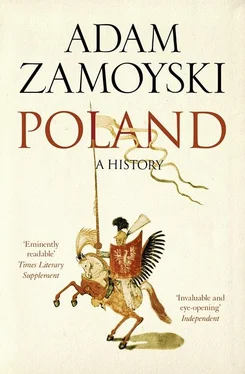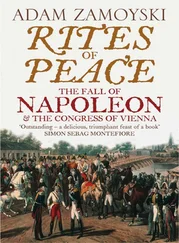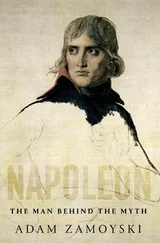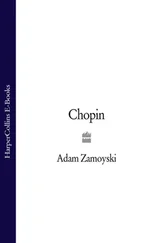Kazimierz the Great had died in 1370. Although married four times, he had no heir, and left the throne to his nephew, Louis of Anjou, King of Hungary. King Louis attended his uncle’s funeral and then went back to Hungary, leaving his mother, the late king’s sister, to rule in his name. She could not rule without the support of the more powerful nobles of Małopolska, the ‘Kraków Lords’. They exploited this opportunity to assume a greater share not only in the running of the country, but in the definition of its very status.

A new concept of the Polish state had been evolving from the beginning of the fourteenth century whose gist was that sovereignty should be vested not in the person of the monarch, but in a specific geographical area, the Corona Regni Poloniae , an expression meant to embrace all the Polish lands, even those which had fallen under foreign domination. In 1374 the Polish nobles wrested from King Louis the Statute of Košice, which stressed the indi visibility of this patrimony, and stipulated that no part of it was his to give away. They were looking to a future which remained uncertain, since Louis, too, had no male heir.
He did, however, have two daughters. He had married the elder, Maria, to Sigismund of Luxembourg, and intended him to take the Polish throne. The younger, Hedwig, was betrothed to Wilhelm of Habsburg, who was to have Hungary. But when Louis died in 1382, the Kraków Lords refused to bow to these wishes and made their own plans.
They rejected the already married Maria and brought her ten-year-old sister Hedwig, Jadwiga in Polish, to Kraków, where in 1384 she was crowned emphatically king ( rex ). The chronicler Długosz noted: ‘The Polish lords and prelates were so taken with her, so greatly and sincerely loved her that, almost forgetting their masculine dignity, they did not feel any shame or degradation in being the subjects of such a gracious and virtuous lady.’ In fact, they saw her principally as an instrument, and they disregarded her feelings entirely. When young Wilhelm of Habsburg turned up to claim his betrothed, she was locked in the castle on Wawel hill. After fruitless efforts to see her he left, and she was prepared by the Polish lords for the bed of another: they had found a husband for her in Iogaila, Grand Duke of Lithuania.
The idea of a union between Poland and Lithuania had germin—ated simultaneously in both countries. On 14 August 1385 a basic agreement was signed at Krewo. This was followed by more specific pledges at Wołkowysk in January 1386, and at Lublin a few weeks later. On 12 February, Jagiełło, as his name had crystallised in Polish, entered Kraków, and three days later he was baptised as Władysław. On 18 February he married Jadwiga, and on 4 March was crowned King of Poland.
Конец ознакомительного фрагмента.
Текст предоставлен ООО «ЛитРес».
Прочитайте эту книгу целиком, купив полную легальную версию на ЛитРес.
Безопасно оплатить книгу можно банковской картой Visa, MasterCard, Maestro, со счета мобильного телефона, с платежного терминала, в салоне МТС или Связной, через PayPal, WebMoney, Яндекс.Деньги, QIWI Кошелек, бонусными картами или другим удобным Вам способом.













